Generation Parkland

A third of Tam students dream about gun violence. Why? Generational trauma.
By Skye Schoenhoeft | May 28, 2020
Illustrations by Isabella Faillace
Graphs by The Tam News
February 14, 2018. Parkland, Florida. Fourteen students and three staff members were shot and killed at Marjory Stoneman Douglas High School.
December 14, 2012. Newtown, Connecticut. Twenty students were shot and killed at Sandy Hook Elementary School. The victims of that shooting would have been freshmen in high school this year.
During seventh period on January 27, our school went on lockdown due to reports of an armed, masked man headed toward the campus. Tam sheltered in place for two hours, and most students had little to no knowledge of what was really happening.
A third of Tam students dream about gun violence. Why? Generational trauma.
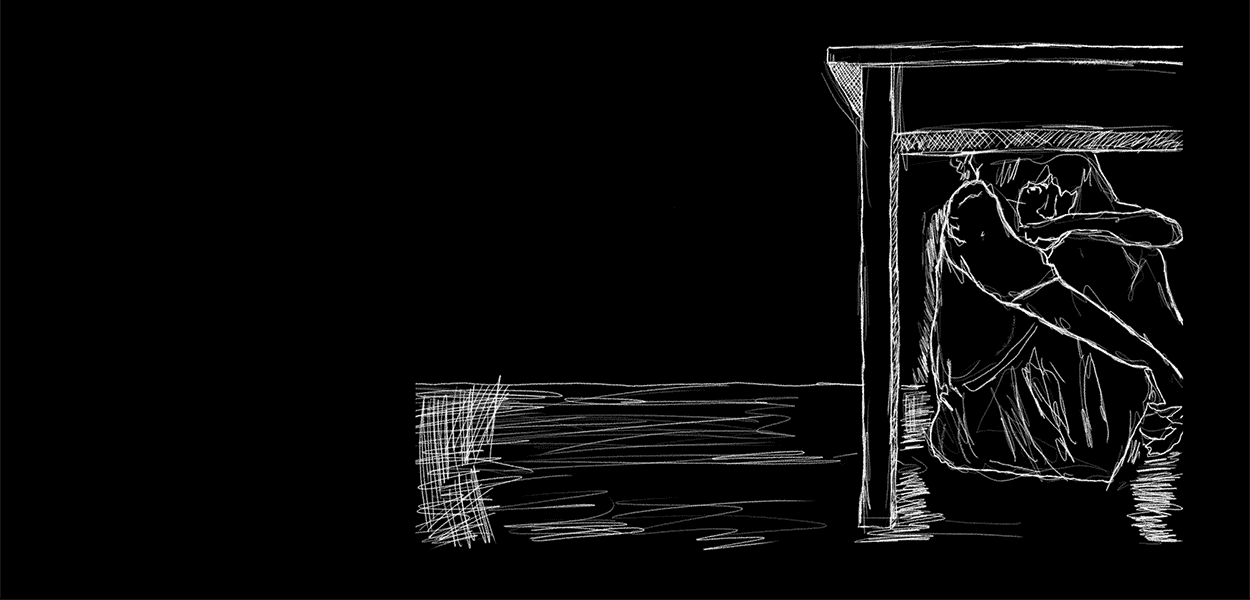
Trauma “is ancient Greek for ‘wound’ or ‘injury.’ One way to think about it is it’s an adverse reaction where an injury [is] caused by an upsetting experience,” child psychiatrist Steven Berkowitz said. Berkowitz spent 15 years as Director of Child Community Services and Deputy Director of the National Center for Children Exposed to Violence at Yale, and then spent 10 years as Associate Professor of Clinical Psychiatry at the University of Pennsylvania. Now he works at the University of Colorado School of Medicine.
“Dreams are in some ways a reflection, for lack of a better term, of what information we’re trying to process from our days,” Berkowitz said. “Traumatic nightmares are a very common response to the experience of a really upsetting event.”
With years of growing fear, students have become accustomed to and internalized the preparation to a fatal event.
“The first [lockdown drill] I remember doing was in fourth grade,” senior Isabel Williams, the co-president of the Students Demand Action Club, said. “I don’t think I had any grasp of the situation at all. I didn’t even know that gun violence was an option. That happened in movies — I had no idea that it was happening to kids.”
Like most students at our school, Williams has been practicing lockdown drills for years. On March 11, The Tam News surveyed 171 students on their experience with guns and lockdowns. Eighty-one percent of students surveyed reported practicing their first school lockdown drill in elementary school. Williams attended Strawberry Point Elementary School, which, along with all schools in the Mill Valley School District, began practicing lockdown drills about nine years ago, when Williams was in third grade. Around a year after Williams participated in her first lockdown drill, the Sandy Hook shooting happened.
“At Strawberry Point, I think right after Sandy Hook happened, they put up a chain-link fence around … and it didn’t seem like an accident,” Williams said. Her perspective on lockdown drills was forever changed. “I just remember being in a lockdown and being like, there’s no way out. My parents won’t be here. I just remember thinking, ‘That’s not gonna stop a gunman because it’s a waist-high chain-link fence.’ That’s the feeling that I had in January when we had that lockdown again [at Tam],” she said, adding, “It was the exact same feeling.”
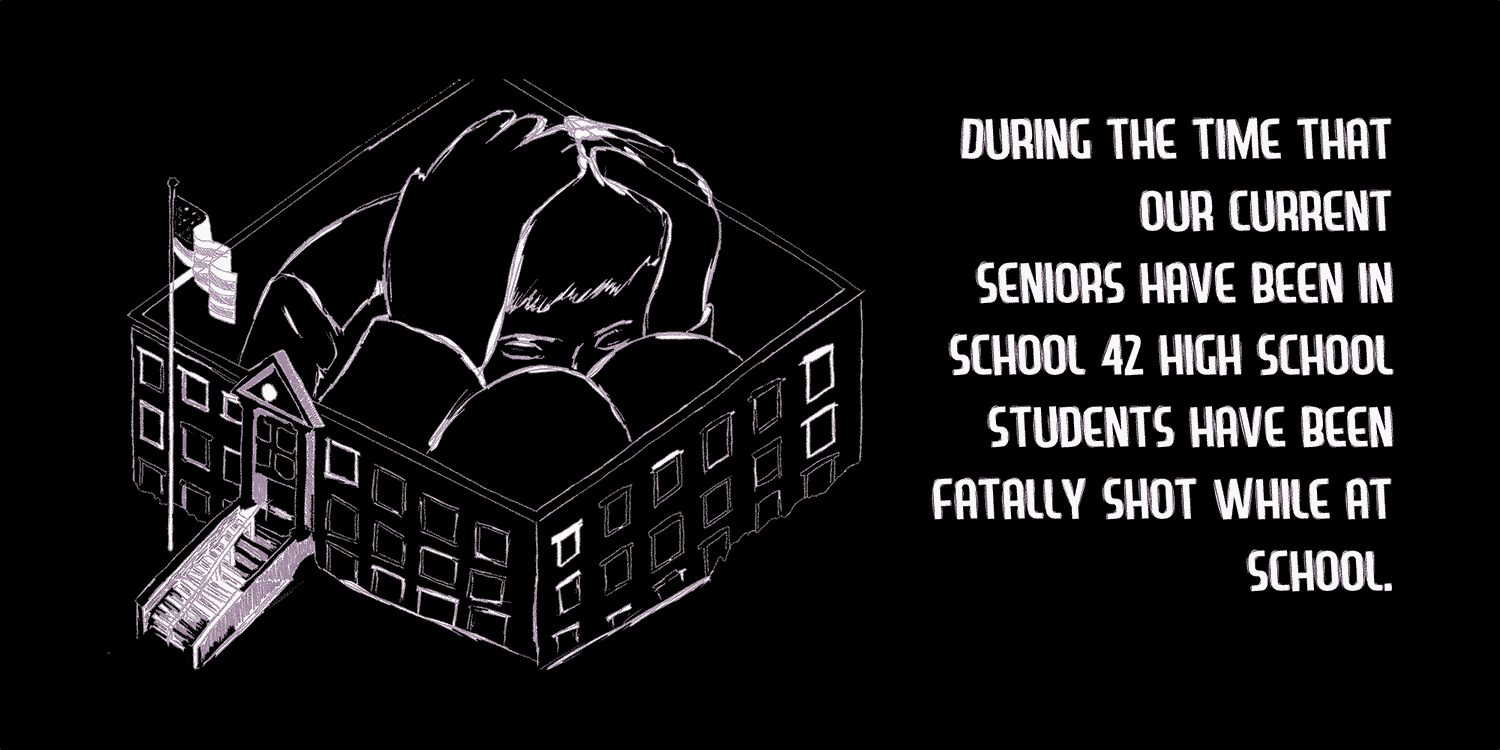
This lockdown was the first official shelter-in-place in Tam’s recent history.
“It was awful. We had a sub and she had no idea what to do, and didn’t know how to lock the door,” sophomore Sydney Boyd said. “People in my class were not helping because they were spreading rumors. Someone said the shooter was on Gomez [Way], right by our classroom, and I was by the window but not underneath because there weren’t enough spaces.”
As terrifying as the event was, students report that most weren’t caught completely off guard.
“Before we had any idea what was going on, when all we knew was that there was somebody who’s seen somebody with a rifle coming to campus, it hit me that I knew exactly what to do: get my parents on the phone, get away from open doors, get away from sight lines and try and make yourself as small as possible. And I just did it,” Williams said.
Others acted instinctively as well.
“I wasn’t expecting it or anything, but I felt like I knew what to do,” freshman Jack Knowles said. “I knew not to talk. I knew what the drill was. I knew that we were gonna turn off the lights, close the door, shut the windows. I knew all that stuff. So I guess I felt prepared. I mean, I don’t really know how to prepare for that.”
Knowles remembers his first lockdown drill happening in kindergarten at Willow Creek Academy in Sausalito, likely practicing at least once each year following. Williams estimates she has practiced 12 drills in her lifetime; senior Caitlin Naqvi assumes around the same.
“Seems like every couple months there’s a new drill,” Naqvi said. “It seems like it’s happened so much that it’s become normal.”
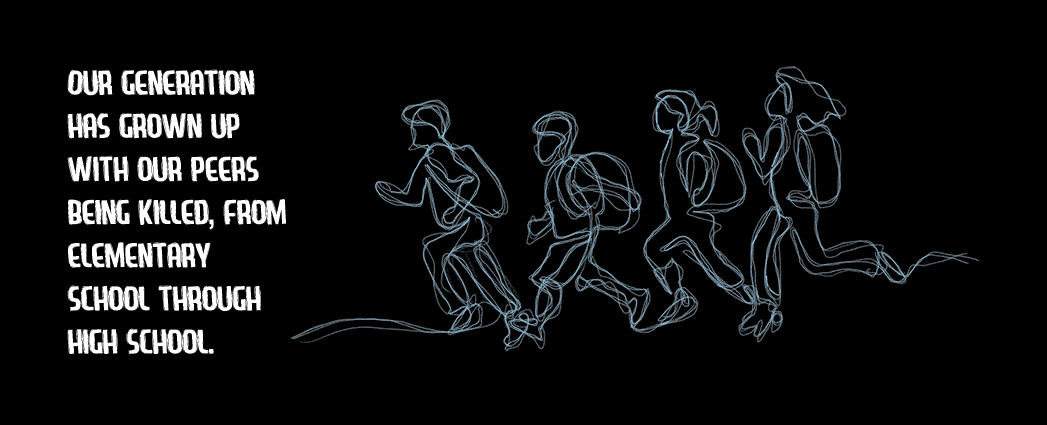
“Chronic or cumulative experience[s] are very important,” Berkowitz said, and lockdown drills have “the potential for the message to be ‘You’re doing this because you’re always in danger, you should be worried’ … If you’re constantly feeling worried or concerned, it has negative impacts on your brain development.”
And students do feel concerned.
“When I enter a classroom, that is the first thing I think about: What’s my escape route, if something were to happen,” Boyd said.
“Every single one of the classrooms I’ve entered I think about it — where would I hide, what would I grab, what would I do if someone were to come in, what’s my exit strategy,” Naqvi said. Students expressed that over time, their grasp on the purpose of lockdowns became increasingly tangible.
“I think there’s this constant fear that that bubbles up in a lot of ways for kids. Right now like you can be sitting near the door and look at the door and realize, ‘Oh s**t, I might be the first to die,’” Williams said.
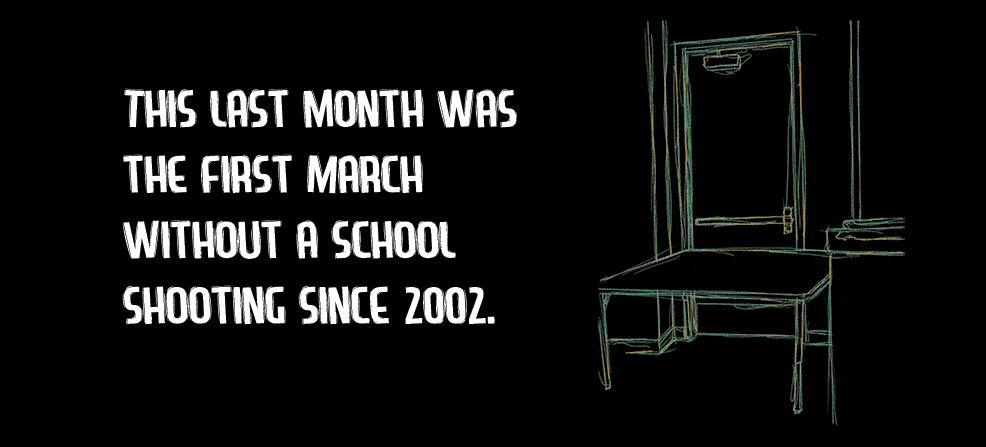
In time, students began to internalize this fear. One of the ways anxiety manifests is through dreams. Boyd reports having dreams about gun violence somewhat regularly, around five to 10 times in her lifetime.
“I remember some dreams happen when it’s back on my mind, like during a lockdown or after watching a video of something. When I hear something in the news about another school it goes in the front of my mind and I think that’s where it comes from,” Boyd said. Her dreams aren’t always triggered by a large event: “It wouldn’t be like after a major shooting, it’s even after a dumb meme.”
35.3 percent of the Tam students surveyed have dreamt about gun violence. Of those respondents, 37.7 percent have this type of dream semi-annually, and 14.8 percent have them monthly.
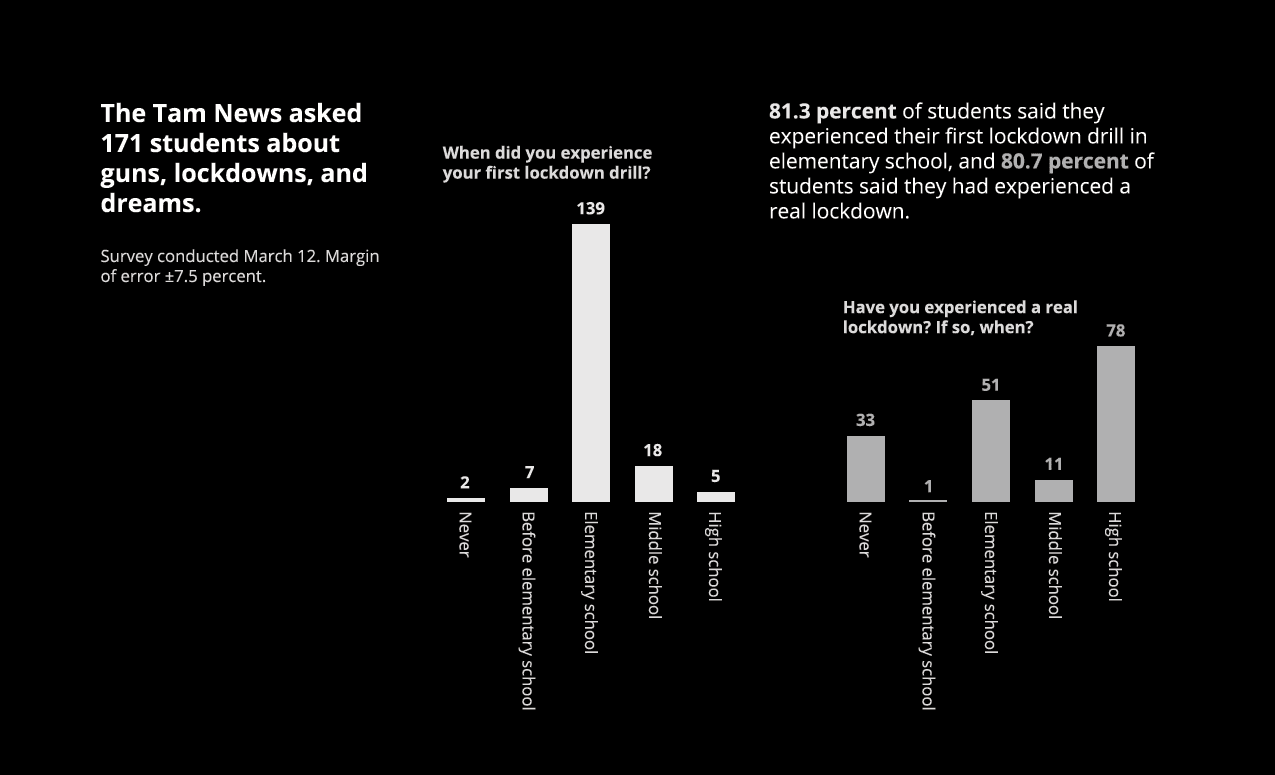
Naqvi also said she had experienced recurrent gun violence nightmares.
“I remember the dreams with guns have happened for a while. It must have been since high school, maybe three years,” Naqvi said. “I remember just being so scared. When I woke up, my heart was beating because right before I was being shot at. It was just really scary. I don’t remember any other feelings or anything else, we were just scared and trying to run.”
Berkowitz said, “Nightmares are very, very typical of kids, in particular preschoolers to about six or seven. Kids, particularly [in] those early age groups, are dealing with a lot of things and trying to do with things like imagination … Children really rely on adults to mediate experience and particularly upsetting experience.” He noted, “We’re not always so good at helping.”
Berkowitz discussed the difference between adolescent and adult nightmares. “There is no evidence that people your age are any more prone to nightmares than adults,” he said, adding, “The whole idea of nightmares most of the time is that they really are driven by your anxieties and worries. If you have an event that’s really upsetting and scary, it’s much more likely you’re going to have a nightmare.”
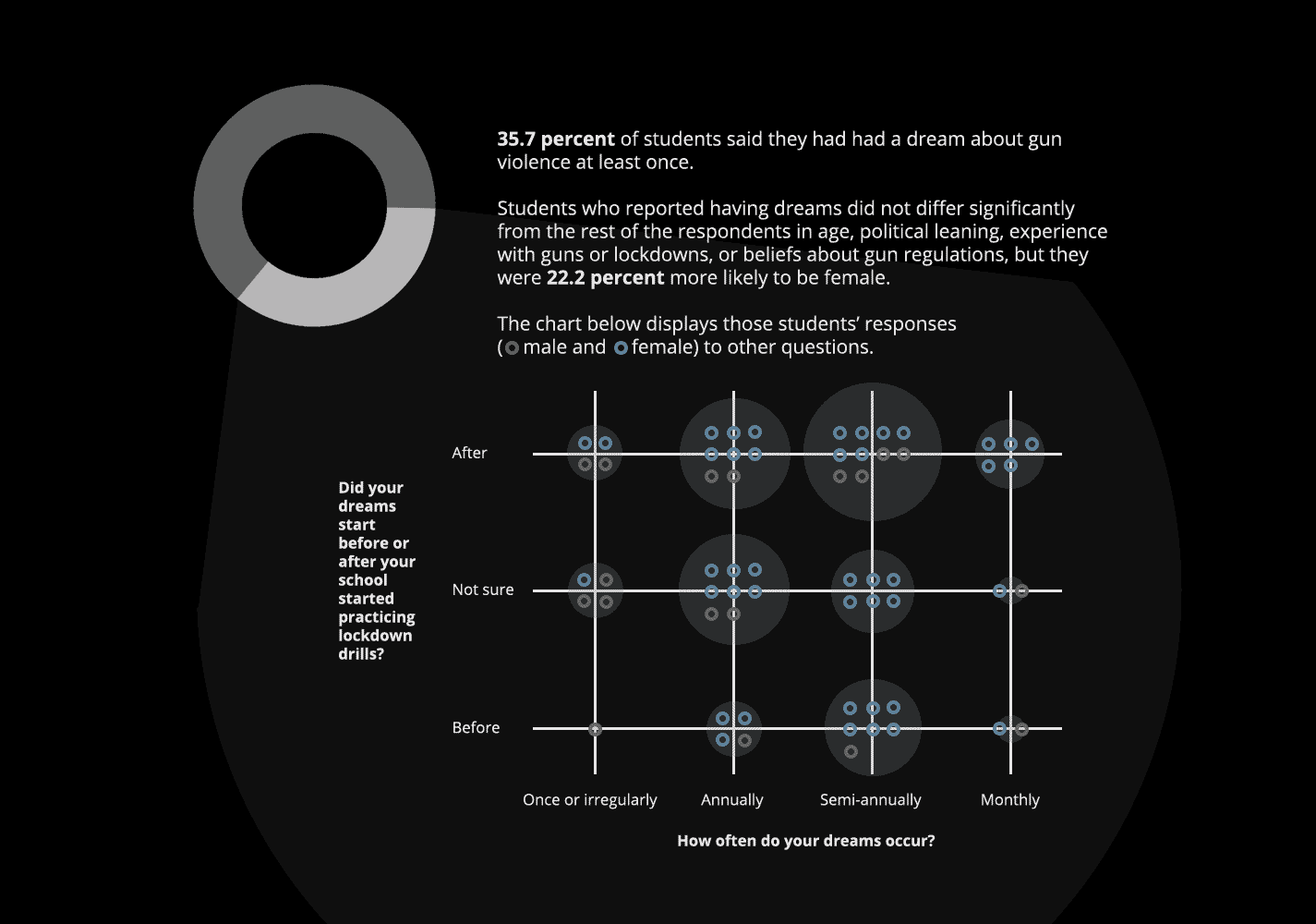
Our generation has grown up with our peers being killed, from elementary school through high school, and parents have had to learn to react to this traumatic generational marker. Williams recalls the time after Sandy Hook — she was trying to understand what had happened, and she turned to her mom to comprehend the situation. “I think I might have heard about [the shooting] from other kids. And then I remember coming home and asking my mom about it. My mom just remembers being like, ‘The f**k do I tell her?’ You can’t say you’re safe because that’s a lie.”
The first mass school shooting in our lifetime was at Red Lake High School in 2005 — the year many freshmen were born. Since then, there have been 12 mass school shootings, where four or more victims have been killed, according to a Tam News analysis. During the time that our current seniors have been in school, 42 high school students have been fatally shot on campus.
“Parents can’t look at their kids and say, ‘You’re safe. That won’t happen here’ because resoundingly, what we hear from kids every time there’s a shooting is ‘We didn’t think it would happen here’ or — even scarier — ‘We felt it inevitable,’” Williams said.
On March 13 our school closed for the duration of the year due to the COVID-19 pandemic, which was soon to be the global course of action. This last month was the first March without a school shooting since 2002.
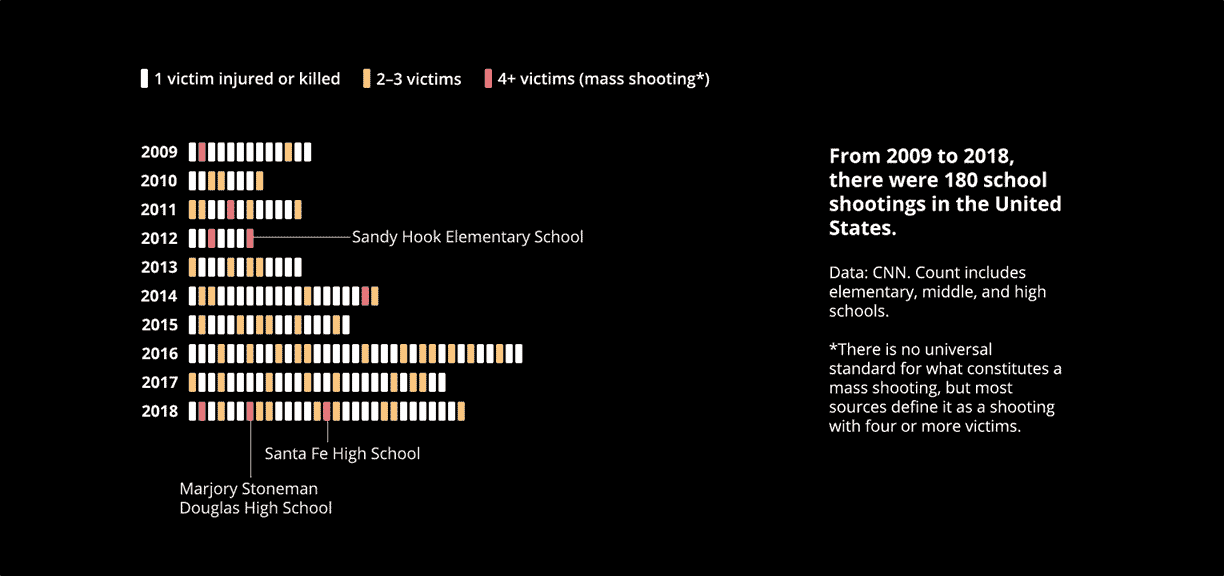
“We need to have a national conversation about what’s happening to our kids,” Williams said. “But if that’s not coupled with action that is going to actually reassure us that we are safe in this country, then what’s the point?”
Each deadly school shooting has sparked conversation of gun reform, though the movement after the Parkland shooting was larger than ever before. Started by kids at Marjory Stoneman Douglas High School, the movement March For Our Lives drove students from across the nation to the streets, demanding increased protection of their lives through gun regulation.
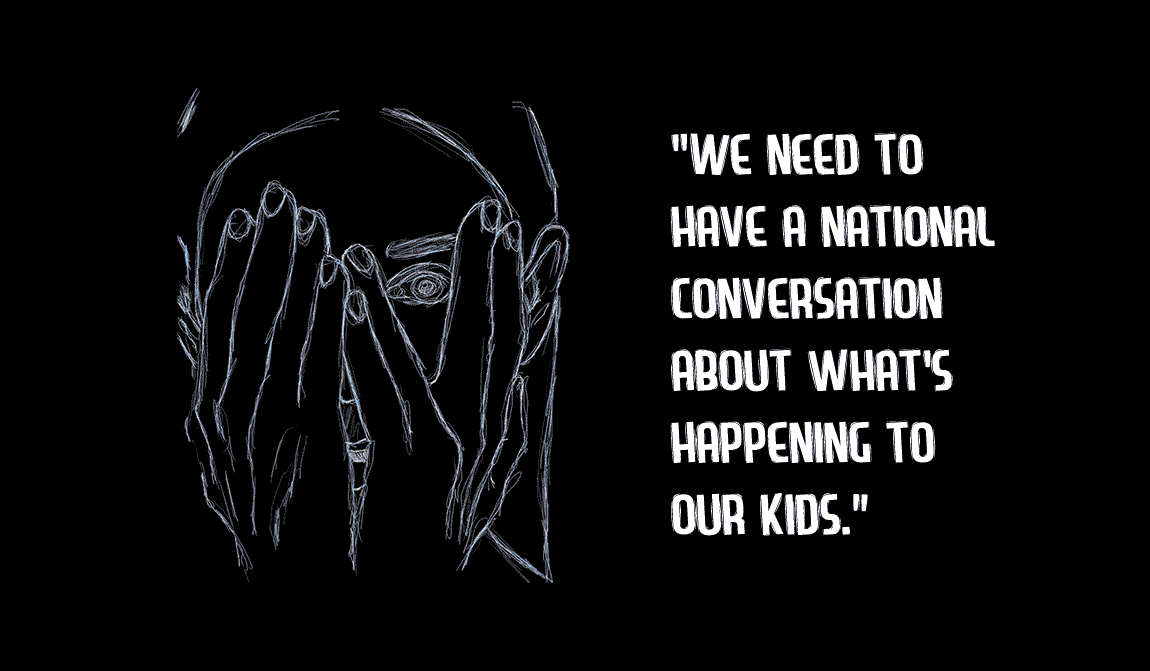
“We had one school protest that I started and ran,” Boyd, who was an eighth grader at the time, said. “On the anniversary of Parkland, we all stood outside the school, holding hands. And people said, ‘This is not enough,’ and a ton of kids ran outside of school and held their own protests.” Even with national outrage, very little has changed in regards to gun reform in our country. Since Parkland, the U.S. House of Representatives has passed a universal background checks bill, and several states, including California, have passed their own “red flag” laws, which permit police or family members to petition a state court order for the temporary removal of firearms from a person who may endanger others or themselves. But this is where the change seems to halt.
“There’s so much we need to do,” Williams said. “It starts with a gun sense regulation. It starts with universal background checks, funding the CDC so that they can study gun violence. Red flag laws [everywhere] so that if people are afraid that somebody is a danger to themselves or others, they can petition the judge to have their guns taken away. We need these common sense measures, and we need it to be bipartisan.”
Williams hopes for the future, but paused when addressing the issues that we currently face. “I don’t think that we can begin to look at the trauma of our generation,” she said, “until we ensure that our younger siblings, our kids, and the generations that come after us are safe.”
We are Generation Parkland.
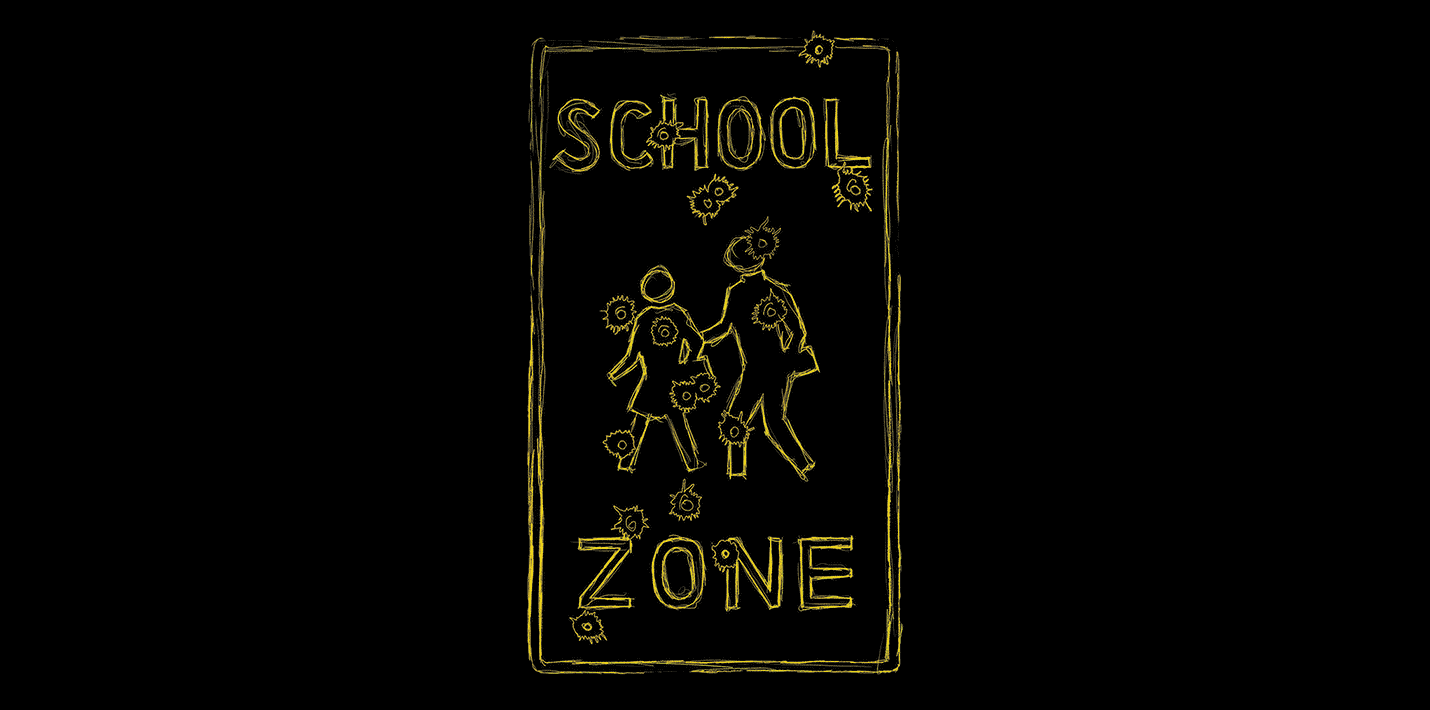
Magazine design by Claire Conger
Adapted for web by BWF

